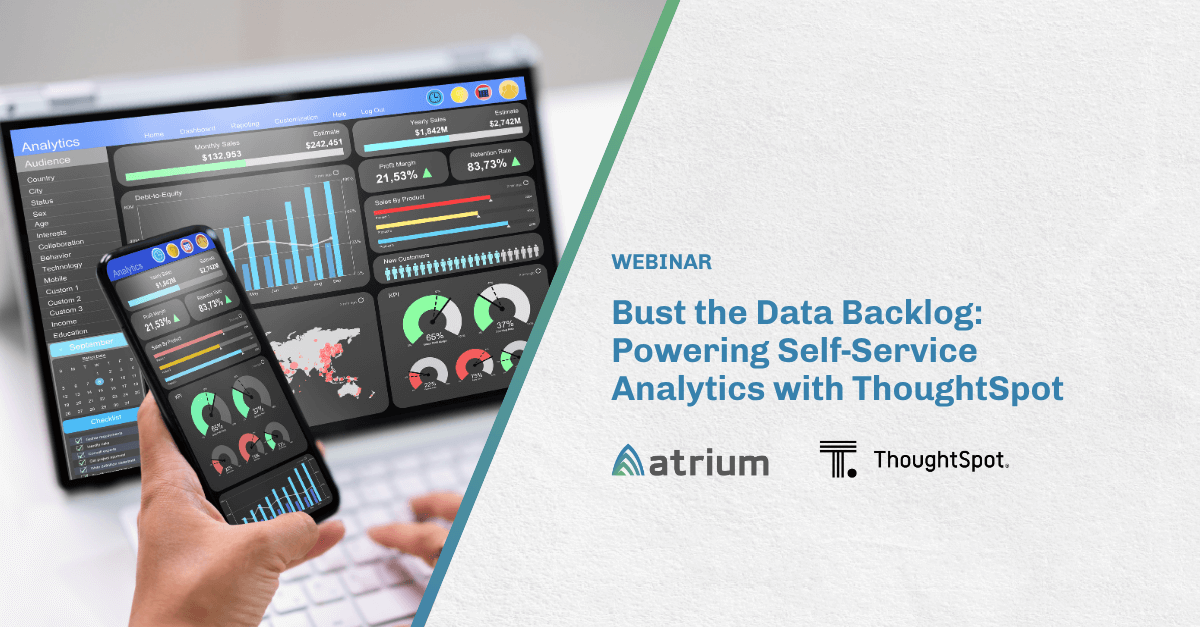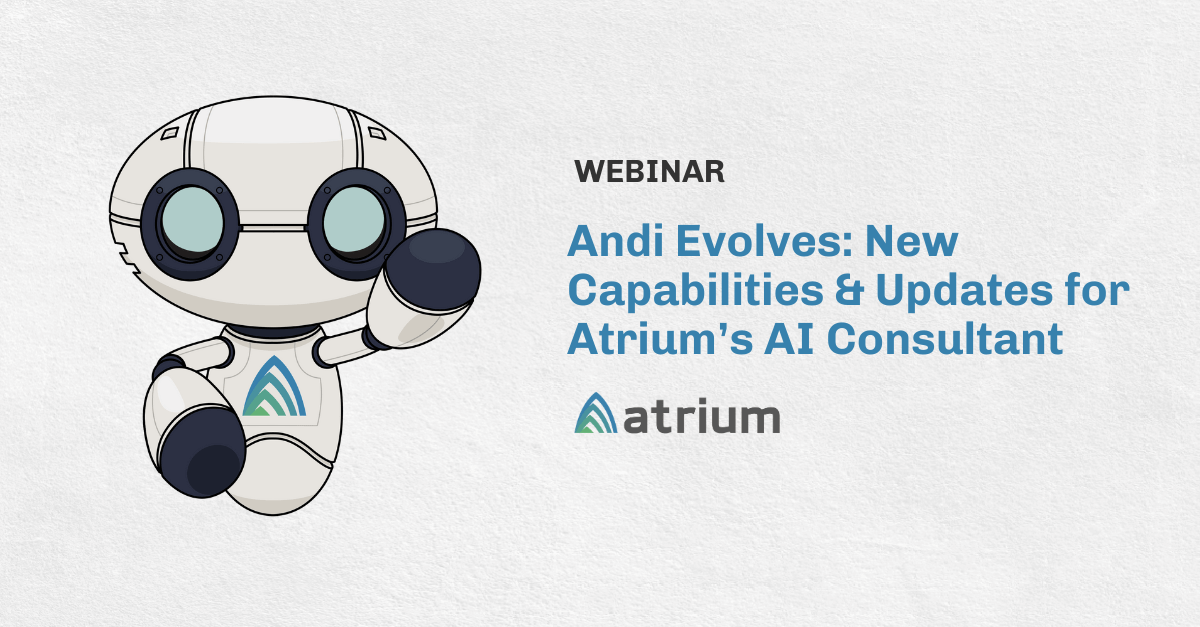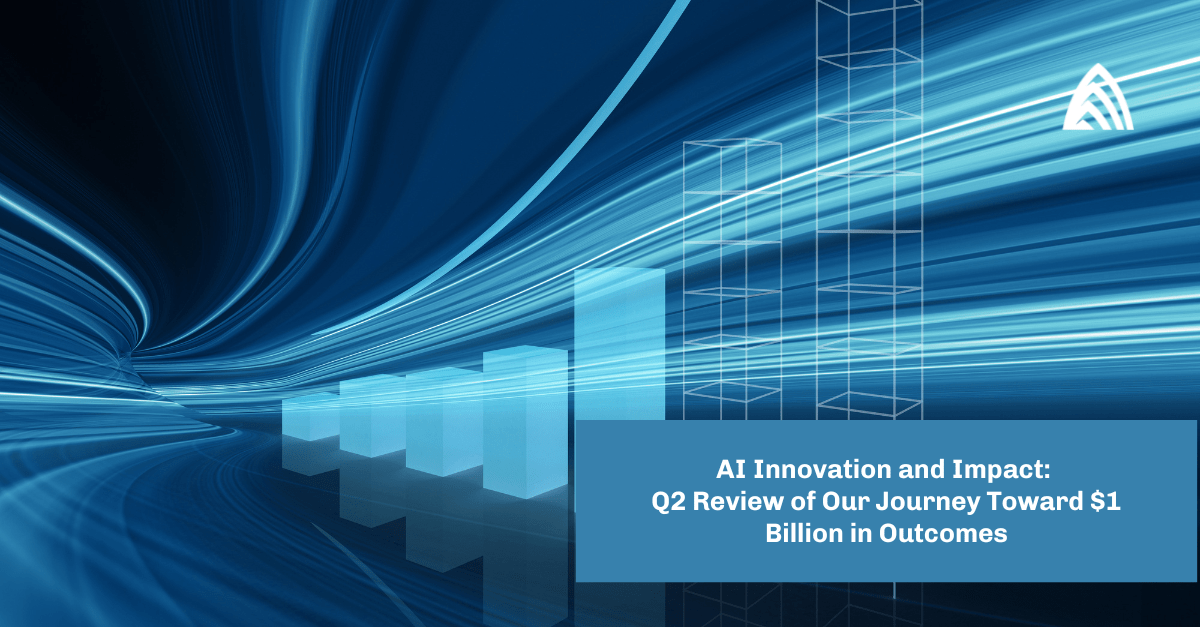Impressions associated with artificial intelligence (AI) are pretty murky and mixed across the political, economic and social spectrums. Just getting to common definitions that capture the scope of the conversation can be difficult. Unintentionally or intentionally, our brains are wired to let the ‘end of world’ scenarios monopolize our perceptions of AI, and there are plenty of blockbuster media franchises that help feed the anxiety. Terminator, The Matrix, 2001 A Space Odyssey, and Minority Report are just a few of the many films that helped shaped early perceptions of how AI could go horribly wrong. If not end of world scenarios, AI is also frequently characterized by the opportunity it presents in industry disruption. Negative predictions abound with regard to how many jobs will be lost, and how the unpredictable nature of such trends will be felt on a very personal level as industries are turned upside down.
Unfortunately, this can overshadow the potential answers to the question: what will AI do for Good?
One clear avenue for AI to impact the world in positive ways is to consider how AI platforms could support the efforts of great causes. Could non-profits and non-government organizations (NGOs) pursuing the world’s biggest challenges, benefit from applications of Machine Learning (ML) targeted at improving their programs, fundraising, and operations? The answer is absolutely, and the scenarios are plentiful. Consider the inefficiencies in fundraising, running extensive outreach programs, and harnessing the energy of large volunteer networks. What if ML/AI could improve fundraising, program effectiveness or volunteer productivity by small margins? Even slight improvements that address age-old problems with new AI technology in the NGO space could dramatically impact these causes and their efforts throughout the world.
Why AI Can be Difficult, Especially for NGOs
At Atrium, we are focused on the incremental changes introduced by ML/AI and how they can impact industry in the short term through simple application. I have heard it referred to as “little” AI. Rather than giving birth to some higher level AI breakthrough, we are focused on the basics of applying math/statistics principles across machine learning platforms to create high impact insights for companies to scale up and operationalize. The ideas are pretty simple, and when implemented, these insights can be found all over the corporate landscape. The complicated part; however, is productionizing them.
Developing machine learning / predictive analytics is challenging for even the best-funded companies as it requires significant technology and data science skill sets to work in close unity with business stakeholders. The net result is a high failure rate of predictive analytics programs as observed by the percentage of models that are ever productionized (industry benchmarks place this at 10-30% success rate). On the corporate scene, the ability to productionize AI is starting to manifest in a division between the ‘haves’ and the ‘have nots’ as those successful with AI are continuing to evolve and learn faster, and open up larger competitive advantages over their peers. This is particularly daunting for NGOs, as they are frequently challenged with limited staff and investment capabilities. The notion of being able to compete for a very narrow set of data science skills in an exceedingly hot labor market for many NGOs is a nonstarter. Many don’t have the talent pools to help pull off the first steps of the journey.
A second area challenging NGOs is technology ‘readiness’ relative to other segments. Many of these organizations have started to develop programs to collect data but don’t have systems architected in a way that could support training machine learning models. Significant work needs to be undertaken to develop the data architectures that can support machine learning. Many NGOs spent the bulk of the last several years getting the basic ‘blocking and tackling’ in place for their systems of record and engagement and are just now realizing returns from those investments, while others are just beginning that journey. Most perceive their ability to take on anything more advanced as years away from reality.
How We Aim to Deliver On the Promise of AI for Good
Our goal going forward is to help NGOs in a couple of areas.
We will spend time with our partners at Salesforce.org conducting a deep survey of the market and the perceived roadblocks
Through this process (similar to our experience in the corporate space) we expect to find several use cases that could benefit from machine learning techniques. A big goal for this year will be to inventory the use cases, find the common patterns and work to educate NGOs on the ‘art of the possible.’ Demystifying the potential is priority #1.
We will engage a few NGOs in the build-out of predictive models that represent small/incremental investments but have a major impact
The community of non-profit users for Salesforce has one big advantage over its peers in the corporate space. The data models and patterns of deployment have much greater uniformity of usage than other industry verticals, and because of this, finding highly portable use cases across the Salesforce.org NGO community has great promise.
As we think about AI for Good this week, we are excited about the tremendous possibilities on the horizon. We can be bystanders and watch this evolution, or get in the game and be part of shaping its direction. Our hope at Atrium is that we can focus our energy towards high impact outcomes for industry and good causes. Relative to our participation in AI for Good, our goal at Atrium is to create access for NGOs to world-class Machine Learning and Data Science by supplying the brains and know-how. We are just getting started and looking forward to the insights we will develop around helping great causes adopt pioneering trends in Machine Learning.








